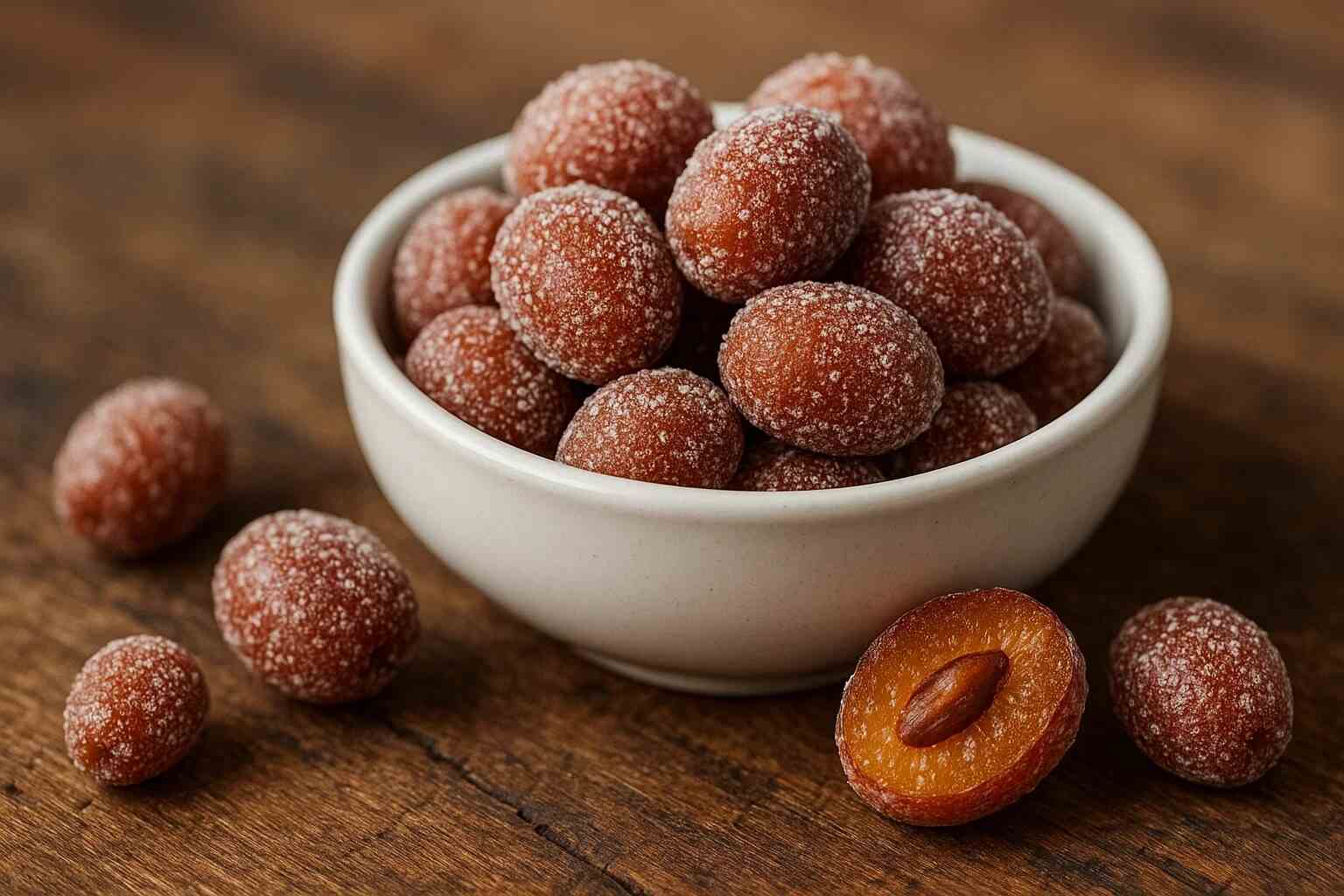The žižole, also known as jujube, red date, or Chinese date (Ziziphus jujuba), is a small deciduous tree or shrub native to regions spanning from Southwest Asia to Southern and Central China. Revered for its sweet, date-like fruit and its resilience, the Žižole has been cultivated for millennia, finding its place in culinary traditions and traditional medicine across various cultures. In Faisalabad, Punjab, Pakistan, as in many other parts of the world, the žižole offers a unique blend of flavor, nutrition, and potential health benefits.
Table of Contents
ToggleA Botanical Profile
The žižole tree typically reaches heights of 5 to 12 meters, often characterized by its thorny, drooping branches. Its shiny green, ovate-acute leaves, measuring 2-7 cm in length, feature three prominent veins at the base and finely toothed margins. Small, inconspicuous yellowish-green flowers, about 5 mm wide, bloom in clusters, eventually giving way to the oval drupes that are the prized fruit.
The fruit itself undergoes a fascinating transformation. Initially smooth and green with an apple-like crispness and low acidity, it matures to a brown or purplish-black hue, eventually wrinkling and resembling a small date. Inside the fleshy exterior lies a single, hard kernel containing two seeds.
Remarkably adaptable, the žižole thrives in a wide range of temperatures and rainfall conditions, though it favors hot summers and sufficient water for optimal fruiting. Unlike many other species in its genus, it exhibits considerable tolerance to cold winters, surviving temperatures as low as -15°C, making it a common sight even in cooler regions. This adaptability allows the žižole to flourish in diverse habitats, from mountains to deserts, provided it has access to underground water during the summer months.
A Nutritional Powerhouse
The žižole is more than just a sweet treat; it’s a nutritional powerhouse packed with vitamins, minerals, and beneficial compounds. The fresh fruit boasts a significant amount of carbohydrates (around 40%), along with about 5% protein and 2.5% pectin. It’s also a notable source of organic acids and resinous substances.
One of the most remarkable aspects of the žižole’s nutritional profile is its high vitamin C content. Some sources indicate around 70 mg of vitamin C per 100g of fresh fruit, exceeding that found in lemons. This potent antioxidant plays a crucial role in boosting the immune system and protecting against oxidative stress.
Furthermore, the žižole provides essential minerals such as potassium, phosphorus, and calcium, along with smaller amounts of iron, magnesium, and zinc. It also contains B vitamins and various bioactive compounds, including triterpenic acids, polysaccharides, flavonoids, alkaloids, and fatty acids. These compounds contribute to the fruit’s potential health benefits.
Health Benefits Rooted in Tradition and Emerging Science
For centuries, the žižole has held a prominent place in traditional medicine, particularly in China. The fruit, seeds, and bark have been employed to address a variety of ailments, including anxiety, insomnia, and digestive issues. It was also traditionally used to stimulate appetite and improve digestion.
Modern science is beginning to validate some of these traditional uses and uncover new potential health benefits:
- Immune System Support: The high vitamin C content in žižole can bolster the immune system, helping the body defend against infections.
- Liver Protection: Studies suggest that compounds in žižole may have a protective effect against liver damage.
- Antioxidant Properties: The various bioactive compounds present in žižole exhibit significant antioxidant activity, helping to neutralize harmful free radicals and protect cells from damage.
- Sedative Effects: Traditionally used for insomnia, some research indicates that žižole may possess sedative properties, potentially aiding in sleep.
- Blood Sugar and Cholesterol Regulation: Preliminary studies suggest that certain chemicals in žižole might help lower blood sugar and fat levels, although more research is needed in this area.
- Digestive Health: The fiber content in žižole can contribute to healthy digestion and help alleviate constipation.
It’s important to note that while these potential benefits are promising, further rigorous scientific research, particularly in human trials, is necessary to fully understand and confirm the efficacy of žižole for these health conditions. Individuals with diabetes or those taking sedative medications should exercise caution and consult with a healthcare professional before incorporating significant amounts of žižole into their diet due to potential interactions.
Culinary Versatility
The žižole’s sweet and slightly tangy flavor lends itself to a wide array of culinary applications. The fresh fruit can be enjoyed as a healthy and refreshing snack. As it dries, its sweetness intensifies, making it a natural candy or a flavorful addition to trail mixes and baked goods.
In various cuisines, žižole finds its way into both sweet and savory dishes. It can be stewed, candied, pickled, or made into jams, jellies, and juices. In some cultures, it is even used to flavor alcoholic beverages. The dried fruit is a popular ingredient in Chinese and Southeast Asian cooking, used in soups, stews, and desserts.
Even in Faisalabad, the žižole likely finds its place in local culinary traditions, whether enjoyed fresh from the tree or incorporated into regional sweets and dishes. Its adaptability and long shelf life in its dried form make it a valuable ingredient throughout the year.
Cultivating the Žižole
The žižole’s resilience extends to its cultivation. It is known to be a relatively low-maintenance tree, tolerant of drought and a variety of soil types. Propagation can be achieved through seeds, cuttings, or grafting. Grafting is often preferred to ensure the desired fruit characteristics of specific cultivars.
While generally pest and disease resistant, some regions have reported issues with pests like the false codling moth. However, in many areas, including North America, žižole cultivation remains relatively trouble-free.
The tree typically begins to bear fruit within a few years of planting, reaching full productivity after 4 to 5 years. Depending on the cultivar and growing conditions, a mature tree can yield a significant amount of fruit.
Conclusion
The žižole is a truly remarkable fruit, offering a delightful combination of sweet flavor, impressive nutritional value, and a rich history intertwined with traditional medicine. From the orchards of China to the gardens of Faisalabad, this resilient tree provides a valuable resource. As scientific research continues to explore its potential health benefits and its culinary versatility continues to be appreciated, the žižole is likely to remain a cherished and beneficial treasure for generations to come.


